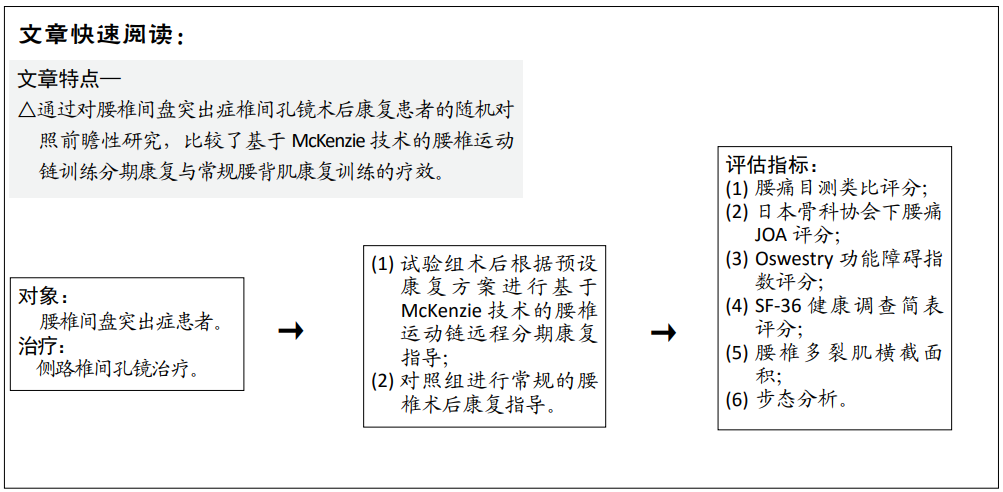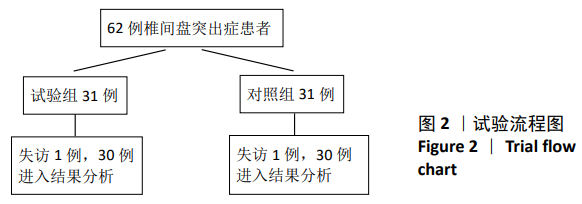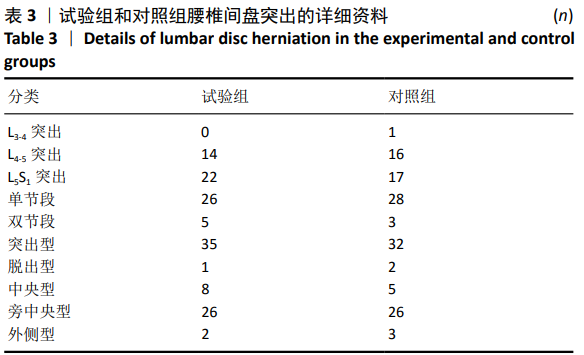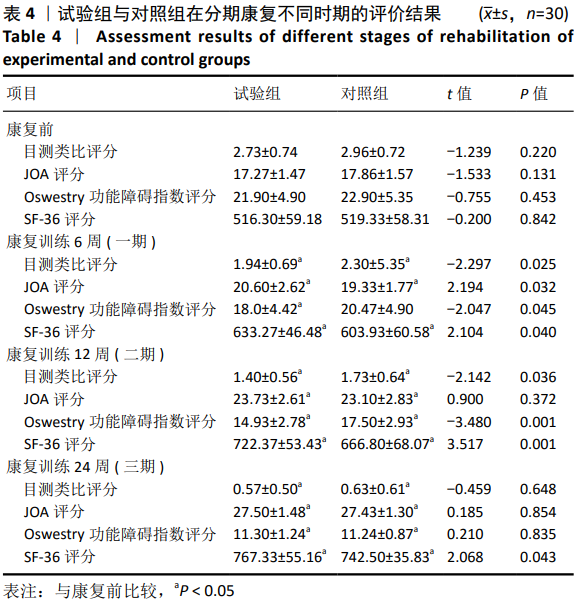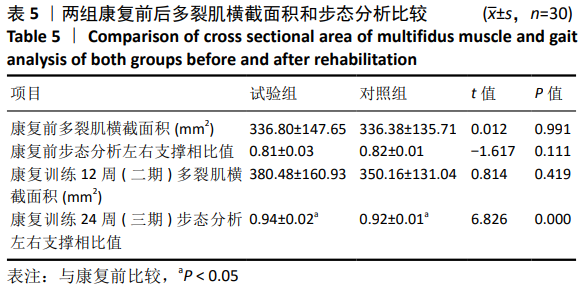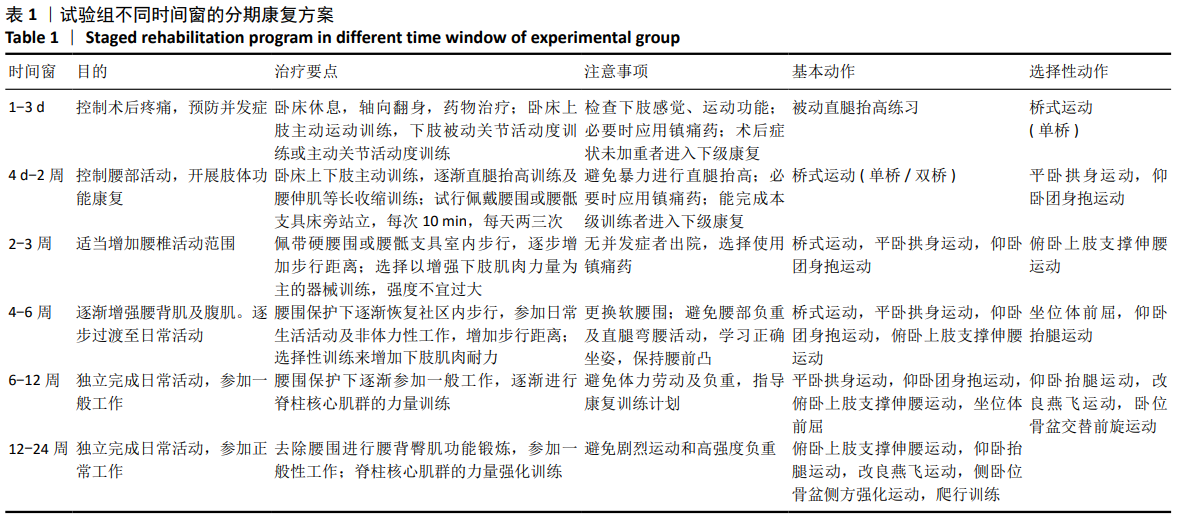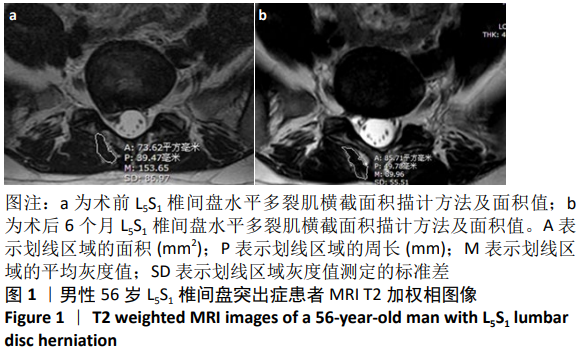[1] KNIGHT MT, JAGO I, NORRIS C, et al. Transforaminal endoscopic lumbar decompression & foraminoplasty: a 10 year prospective survivability outcome study of the treatment of foraminal stenosis and failed back surgery.Int J Spine Surg.2014;8:21.
[2] 周跃,李长青,王建,等.椎间孔镜YESS与TESSYS技术治疗腰椎间盘突出症[J].中华骨科杂志,2010,30(3):225-231.
[3] CHEN ZN, YAO XM, LV Y, et al. Morphology of the lumbar multifidus muscle in lumbar disc herniation at different durations and at different ages.Exp Ther Med. 2018;15(5):4119-4126.
[4] ZHAO Y, HU LS, ZHANG CZ, et al. A comparative study on the surface electromyography of lumbosacral multifidus muscle in patients with lumbar disc herniation. Zhongguo Gu Shang.2020;33(5):449-453.
[5] HU LS, HAO Y, ZHANG CZ, et al. Imaging study of lumbosacral multifidus muscle fat changes in patients with lumbar disc herniation. Zhongguo Gu Shang. 2020; 33(2):173-177.
[6] XIE F, BIAN J, WANG ZW, et al. Difference of spino-pelvic sagittal alignment between lumbar disc herniation and lumbar canal stenosis in adults. Zhongguo Gu Shang. 2018;31(1):43-46.
[7] FEI H, LI WS, SUN ZR, et al. Analysis of Spino-pelvic Sagittal Alignment in Young Chinese Patients with Lumbar Disc Herniation.Orthop Surg.2017;9(3):271-276.
[8] LAM OT, STRENGER DM, CHAN-FEE M, et al. Effectiveness of the McKenzie Method of Mechanical Diagnosis and Therapy for Treating Low Back Pain: Literature Review With Meta-analysis.J Orthop Sports Phys Ther.2018;48(6):476-490.
[9] NAMNAQANI FI, MASHABI AS, YASEEN KM, et al. The effectiveness of McKenzie method compared to manual therapy for treating chronic low back pain: a systematic review. J Musculoskelet Neuronal Interact.2019;19(4):492-499.
[10] BENECK GJ, KULIG K. Multifidus atrophy is localized and bilateral in active persons with chronic unilateral low back pain Arch Phys Med Rehabil.2012;93(2):300-306.
[11] OGON I, TAKEBAYASHI T, TAKASHIMA H, et al. Quantitative Analysis Concerning Atrophy and Fat Infiltration of the Multifidus Muscle with Magnetic Resonance Spectroscopy in Chronic Low Back Pain.Spine Surg Relat Res.2019;3(2):163-170.
[12] HYUN JK, LEE JY, LEE SJ, et al. Asymmetric atrophy of multifidus muscle in patients with unilateral lumbosacral radiculopathy.Spine(Phila Pa 1976).2007;32(21): E598-602.
[13] BONAB M, COLAK TK, TOKTAS ZO, et al. Assessment of Spatiotemporal Gait Parameters in Patients with Lumbar Disc Herniation and Patients with Chronic Mechanical Low Back Pain.Turk Neurosurg.2020;30(2):277-284.
[14] MOBBS RJ, KATSINAS CJ, CHOY WJ, et al. Objective monitoring of activity and Gait Velocity using wearable accelerometer following lumbar microdiscectomy to detect recurrent disc herniation.J Spine Surg.2018;4(4):792-797.
[15] KREINER DS, HWANG SW, EASA JE, et al. An evidence-based clinical guideline for the diagnosis and treatment of lumbar disc herniation with radiculopathy.Spine J.2014;14(1):180-191.
[16] TAKAYAMA K, KITA T, NAKAMURA H, et al. New Predictive Index for Lumbar Paraspinal Muscle Degeneration Associated With Aging.Spine(Phila Pa 1976). 2016;41(2):E84-90.
[17] CRISCO JJ 3RD, PANJABI MM. Euler stability of the human ligamentous lumbar spine. Part I: Theory.Clin Biomech(Bristol, Avon).1992;7(1):19-26.
[18] CRISCO JJ, PANJABI MM, YAMAMOTO I, et al. Euler stability of the human ligamentous lumbar spine. Part II: Experiment.Clin Biomech (Bristol, Avon).1992; 7(1):27-32.
[19] 洪毅,海涌,李建军.脊柱康复医学[M].北京:人民军医出版社,2011.
[20] 李建军,周天健.脊柱脊髓损伤现代治疗与康复[M].北京:人民卫生出版社, 2005.
[21] 中华人民共和国卫生部医政司.中国康复医学诊疗规范[M].北京:华夏出版社,1997.
[22] 关骅.临床康复学[M].2版.北京:华夏出版社,2003.
[23] 关骅,张光铂.中国骨科康复学[M].北京:人民军医出版社,2011.
[24] CLARE HA, ADAMS R, MAHER CG. A systematic review of efficacy of McKenzie therapy for spinal pain.Aust J Physiother.2004;50(4):209-216.
[25] GRACEY JH, MCDONOUGH SM, BAXTER GD. Physiotherapy management of low back pain: a survey of current practice in northern Ireland.Spine (Phila Pa 1976).2002; 27(4):406-411.
[26] FOSTER NE, THOMPSON KA, BAXTER GD, et al. Management of nonspecific low back pain by physiotherapists in Britain and Ireland. A descriptive questionnaire of current clinical practice.Spine(Phila Pa 1976).1999;24(13):1332-1342.
[27] ALHAKAMI AM, DAVIS S, QASHEESH M, et al. Effects of McKenzie and stabilization exercises in reducing pain intensity and functional disability in individuals with nonspecific chronic low back pain: a systematic review.J Phys Ther Sci.2019;31(7): 590-597.
[28] COULOMBE BJ, GAMES KE, NEIL ER, et al. Core Stability Exercise Versus General Exercise for Chronic Low Back Pain.J Athl Train.2017;52(1):71-72.
[29] PAUNGMALI A, HENRY LJ, SITILERTPISAN P, et al. Improvements in tissue blood flow and lumbopelvic stability after lumbopelvic core stabilization training in patients with chronic non-specific low back pain.J Phys Ther Sci.2016;28(2):635-640.
[30] BAYRAKTAR D, GUCLU-GUNDUZ A, LAMBECK J, et al. A comparison of water-based and land-based core stability exercises in patients with lumbar disc herniation: a pilot study.Disabil Rehabil.2016;38(12):1163-1171.
|
